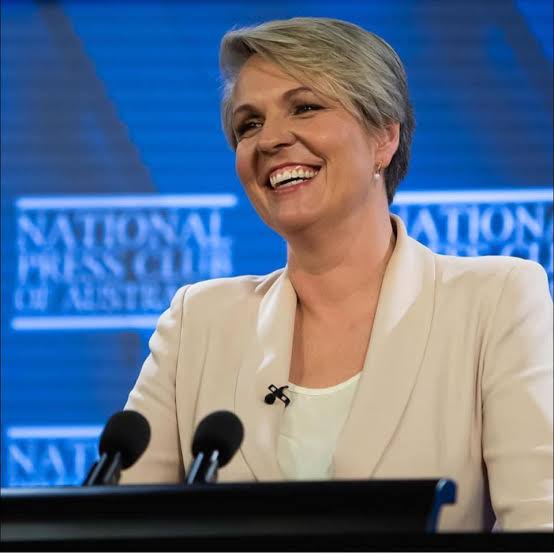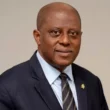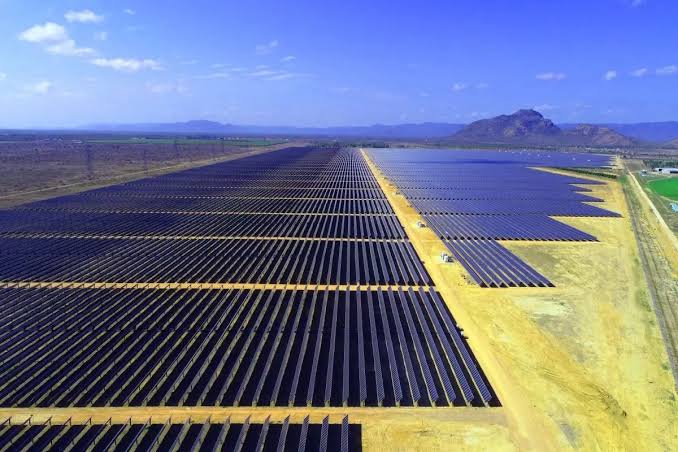Australia Takes Major Step Toward Becoming a Green Energy Leader With Solar
The Australian government approved an ambitious plan on Wednesday to build the world’s largest solar farm, aiming to power millions of homes and export clean energy to Singapore. The US$24 billion SunCable project, located in Australia’s remote north, will generate four gigawatts of energy for domestic use, with an additional two gigawatts sent to Singapore via undersea cable, meeting about 15 percent of the city-state’s energy needs.
Environment Minister Tanya Plibersek hailed the project as a major milestone, positioning Australia as a global leader in renewable energy.
“This is the largest solar precinct in the world and marks Australia’s rise as a clean energy powerhouse,” she said.

Backed by tech billionaire and environmental advocate Mike Cannon-Brookes, the project will include vast arrays of solar panels, battery storage, and an undersea cable stretching from Australia to Singapore. The farm is expected to begin energy production by 2030, creating 14,300 new jobs in northern Australia.
A Landmark Approval, But Hurdles Remain
SunCable Australia’s managing director, Cameron Garnsworthy, called the government’s approval “a landmark moment” in the project’s development. However, the project still requires sign-offs from Singapore’s energy market authority, Indonesia’s government, and Australian Indigenous communities before moving forward.
Despite the challenges, the momentum behind large-scale renewable projects like SunCable is crucial for Australia’s climate goals. Ken Baldwin, director of the Energy Change Institute at the Australian National University, emphasized the importance of such initiatives in achieving the country’s net-zero targets by 2050.
Australia’s Transition: From Coal to Clean Energy
Australia, a leading exporter of coal and gas, has faced increasing pressure to shift toward renewable energy, particularly as the effects of climate change intensify across the country. Although renewables accounted for 32 percent of Australia’s electricity generation in 2022, coal still dominated at 47 percent.
As coal-fired power stations prepare for closure, projects like SunCable are essential for ensuring energy security and reducing climate pollution, according to Amanda McKenzie, CEO of the Climate Council.
“This solar hub is a bold step in making Australia a clean energy powerhouse,” she said.
With the global race to transition from fossil fuels underway, Australia’s approval of the SunCable project marks a significant advance in the nation’s efforts to become a leader in the renewable energy sector.










Join our Channel...